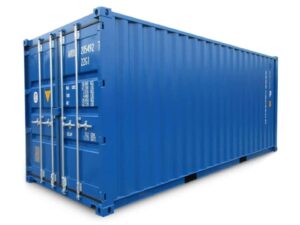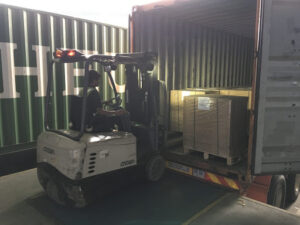Invoice and Packing List
Invoice & packing list is the most important documents in international trade. It provides information for customs to determine duties and taxes both exporting and importing countries. English should be used in Commercial invoice. Below are some of the content can be found in Invoice and packing list.
Definition
Is a legal document between the supplier and the customer that clearly describes’ the sold goods, and the amount due on the customer. The commercial invoice is one of the main documents used by customs in determining customs duties.
Incoterms®
This determines who’s responsible during shipping. Click here For more information.
Goods description
Describe your goods accurately. Especially if the shipment is under Letter of Credit, the words mentioned on LC must be matched exactly with your words in documents.
Quantity of goods
If you’re shipping different products, state the quantity of each.
HS Code
The Harmonized Commodity Description and Coding System, or simply the HS, is an international nomenclature (at 6-digit level) developed by the World Customs Organisation (WCO) for the classification of goods. It also helps them asses duties and taxes. Click here For more information.
Product value
the value of the shipment. For duty and GST payment purposes, all foreign currencies are converted into Singapore dollars based on the Customs exchange rate available on the Customs website. If the value doesn’t seem reasonable, customs may ask you or your receiver for evidence of the value you’ve declared on the invoice. Click here For more information.
Insurance costs (Import into Singapore)
On the commercial invoice you may need to show the freight and insurance costs as separate items. If not shown separately, customs will calculate these values for you and you may end up paying more than necessary. Flat Rates for Freight & Insurance.
Country of origin
This is where the products were originally manufactured – and may be different from the country the shipment is being sent from.
Weight
You’ll also need the NET and GROSS weight. GROSS is the NET weight and weight of the packaging combined provided by your supplier.
Dimension
Length (cm) X Width (cm) X Height (cm) of each packages.






